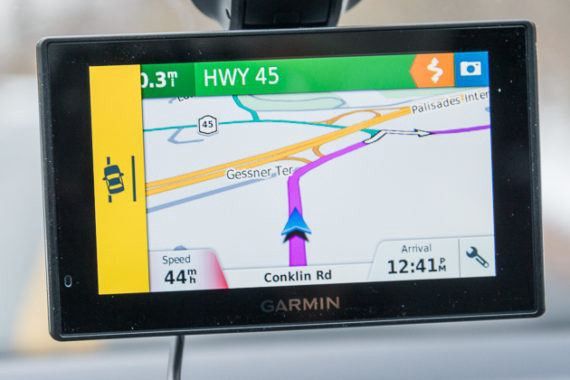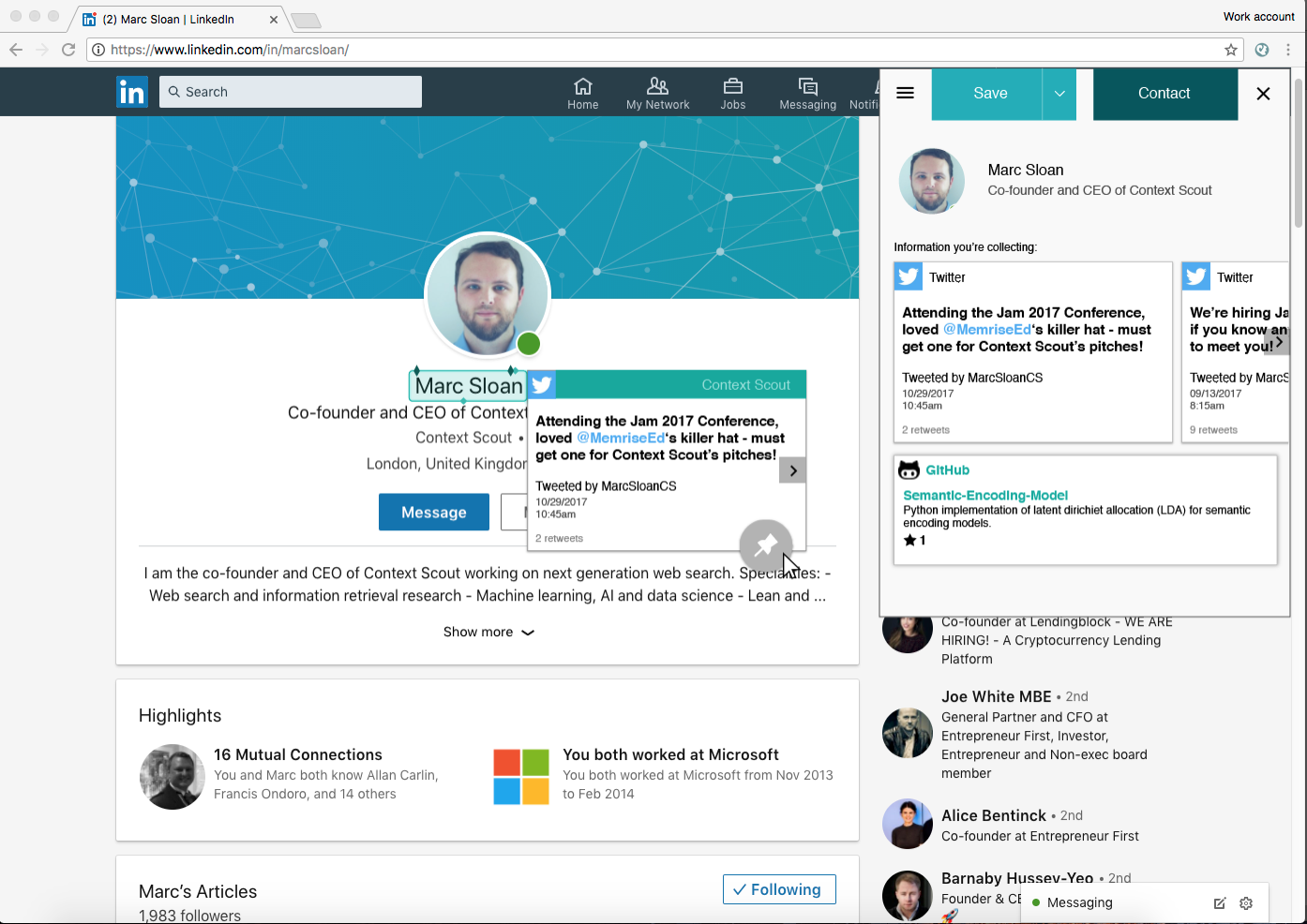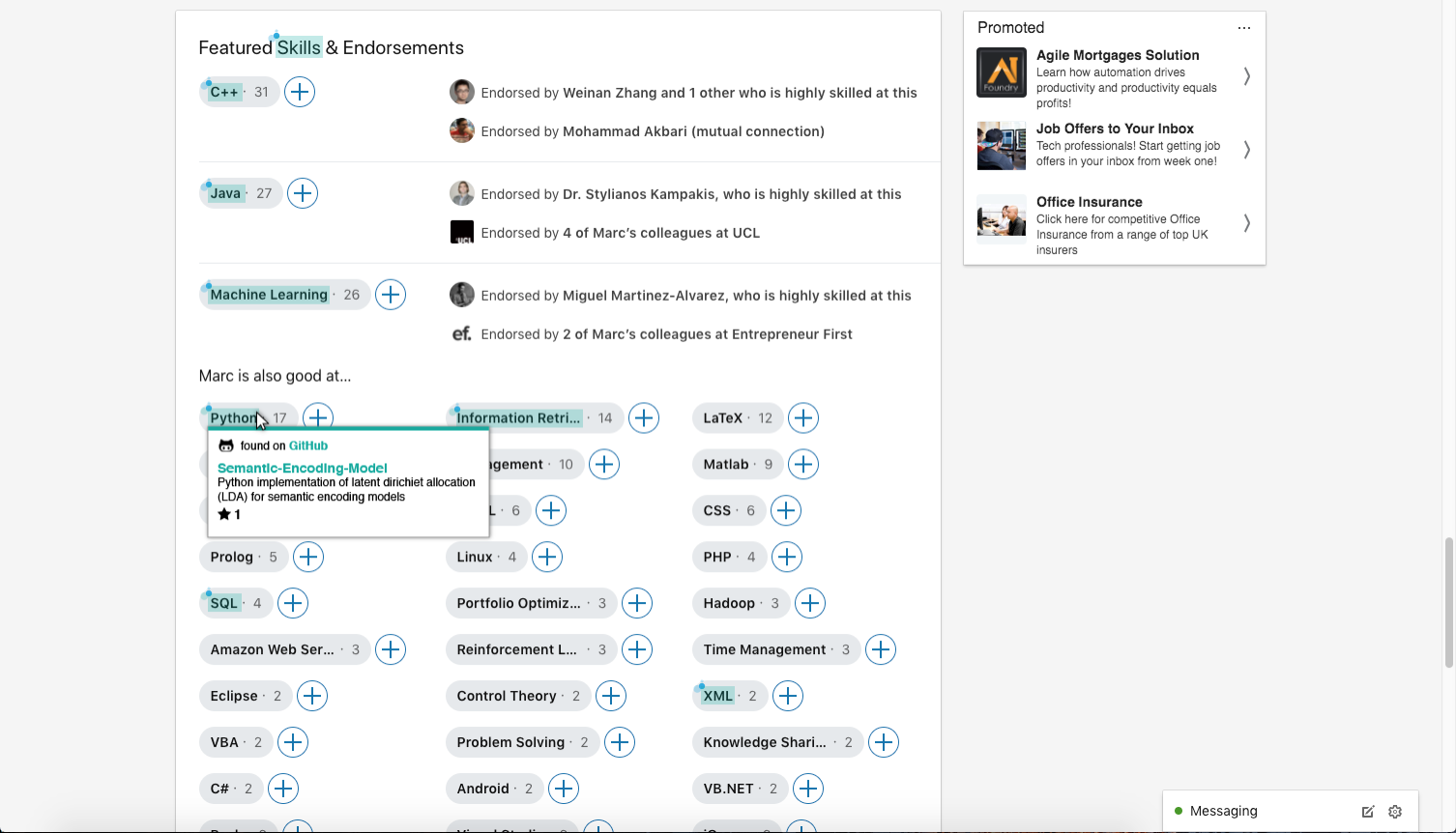Our interface to the web has not changed in 20 years. Despite the ubiquity of the internet and recent progress with AI, the web browser is still nothing more than a fairly limited HTML renderer.
Where could it be improved? What else should it do? How should we go about thinking about this?
One place to start is to consider: what does the internet “look” like?
Picture it in your mind.
Think of all of the different websites, social media and news articles there are. Hyperlinks and search results. Images, text and video. All of this connected together in a huge, sprawling, densely-packed mess.
Something like this:

What you’re looking at is a map.
A map where each web domain is a town, each webpage a stopping-off point and each hyperlink a road. Your web browser is your vehicle and your pathway through the web is your journey.
Driving the Internet Superhighway
Many journeys don’t require a map. Your trip to the local shop is straightforward and traversing the web can often be as simple as getting from point A to point B. Our journeys to Facebook, Gmail and Twitter are well rehearsed and we don’t need help getting there.
Other journeys are more complex. Traditionally, we made these journeys by directly pointing our browser at different websites. In the early days of the World Wide Web, there were few enough web domains that most of them could be listed and categorised in directories such as Yahoo!, the web’s very own A-Z.

But we don’t always know where we’re going online.
Sometimes the intended destination is vague and far away. For instance, when you’re doing research or work online, you often aren’t sure which is the best website to view, or the correct search to find it, or even whether you’ve found everything you need to know.
As the internet grew larger, indexing services like Yahoo! became too unwieldy to use. It became easier to simply ask for directions every time you got lost online, which was often.
Google made it so straightforward to ask for directions that it has become the de facto method of navigating the web. Right now, we pick a starting point, ask Google for directions, take a few steps forward, ask Google for directions, and so on. In fact, this is how we spend 20% of our time online, searching. The other 80% is the difficult work of reading, comprehending, piecing information together and coming up with the next set of directions. This makes up the bulk of the 19 hours per week we spend on online tasks.
Navigating by guesswork is overwhelming and unreliable, but we operate in this way because the web is a huge, complicated map that has outgrown its A-Z and there is no alternative. Our interface to the web has reached its limit.
What the web needs is a GPS.
Global Positioning System
The GPS satellite network revolutionised road travel. A device where you simply plug in an address and it shows you how to get there.

But what was truly game-changing about GPS was that it created a dynamic interface for your journey. By breaking your journey down into navigable pieces, you only needed to concentrate on what’s next. By keeping track of your progress, it could let you know how far along you were and adapt in real-time as you made changes. By being connected to other services, it could let you know of upcoming diversions and traffic conditions.
GPS transformed the traditional map, a static topological overview, into a personalised navigational perspective for each driver. It made driving better, safer and more efficient. It created a new interface to the road, one where you could simply get in the car and drive.
Guided Personalised Search — The new information interface
GPS (Guided Personalised Search) will have a similar impact to the way we traverse the web. A new interface offering you a personalised navigational perspective so you can get to your online destination with minimal effort and maximum insight.
Like an in-car GPS, it will allow you to explicitly set a destination in advance, or else infer it from the searches you (and others like you) have made and which websites you’ve been to.
It will make search or website recommendations to you based on which websites you’re on now and where it looks like you’re heading to next. By predicting your next steps, it will pre-emptively source useful information and display it to you, rather than waiting for you to make the journey yourself.
Its interface could be dynamically overlaid onto your current webpage like an Augmented Reality layer for the web. Once you’re done online, you’d have the entire breakdown of all of the steps you took and what you discovered along the way, ready to be used for any purpose.
And where should this service reside? Inside your web browser of course, your vehicle for the web.
A new interface opens the door to automation
In-car GPS has been around for decades and the technology has now been standardised to the point of being a basic feature in every smartphone. Aside from inspiring a new interface for information access, what else can it tell us about the future of the web?
In its current state, GPS now serves as an enabling layer for autonomous vehicles. By abstracting out the navigational part of travel, the only human aspect remaining is the mechanical act of driving itself. The creation and dissemination of GPS was a necessary condition before automation could become a possibility.
It goes without saying that self-driving cars will have a world-changing impact on the likes of travel, workplaces, property, public spaces and so on. What happens when everyone has GPS for the web and we can start to abstract search out of the time we spend online? When information gathering and synthesis is mostly automated and people are shown what’s most relevant to them at that moment. What could we be doing if we didn’t spend all day needing to browse the web? Would we become more productive? Our work more human-focused? How does the structure of the web change when there are primarily AIs consuming it?
Automating work will have a similar impact on the world. But if we are to make meaningful progress in the automation of work, we first need to change our interface to work, to information and to the web.
A Guided Personalised Search service is a Context Scout
I’ve been grappling with these questions for the past 8 years, and finding answers to them in the last 2 and a half with Context Scout. Identifying the parallels with GPS came about naturally and has helped guide our product decision making. We still have a long way to go, but we’ve made progress in understanding the context of where you are online, and scouting ahead to find ways to help.

So far, our in-browser plug-in keeps track of and organises your online web behaviour into task-oriented ‘journeys’. Context Scout will search for new information that’s relevant to your ongoing task and provide helpful links to possible next steps. Once you’re done, we can connect the information you found into your favourite services.

The interface for our current prototype is much like an in-car GPS, it sits to the side so you can glance over and interact with it when you need to. But soon we’ll be adding an augmentation layer that directly overlays semantically relevant information onto webpage content, offering a new perspective onto the web.
Our tech is still in its infancy but is progressing rapidly. It works at a local scale just now, assisting with the navigation of parts of the web rather than the whole. It’s a plug-in into existing web browsers rather than a fully-featured platform in itself. We’re making a head start, but our aim is to be as ubiquitous as GPS and to fundamentally change how everyone accesses information online.
As web journeys become more complicated, asking for directions at every stop no longer works. We’re spending more and more time on the web and collectively losing 28 billion hours due to information overload. Our interface for the 80% of the time we spend manually navigating the web needs an urgent upgrade — a GPS for the web — and with this will come a new perspective, and a pathway to the automation of work.
